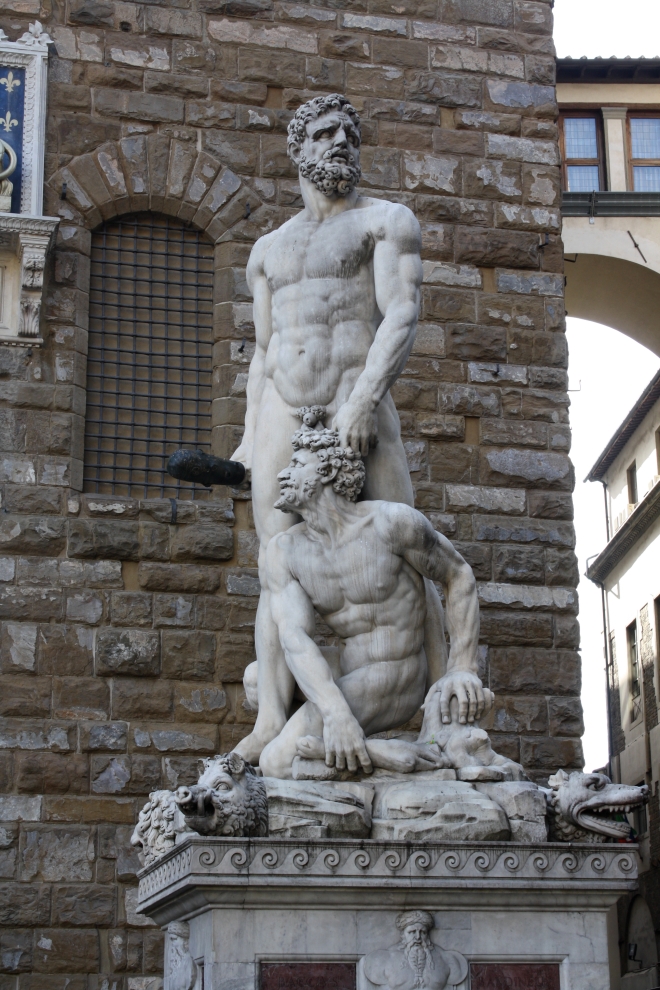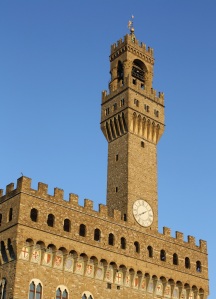The Black Prince of Florence by Catherine Fletcher has recently been reviewed by the Financial Times, The Times, The Spectator, The Economist, and The Tablet.
Writing for the Financial Times, Mathew Lyons calls the biography ‘a compelling portrait of a forgotten man’, which ‘illuminates the bloody opulence of Renaissance Italian politics in all its squalid, operatic glory’. You can read the full review here.
Daisy Dunn reviewed the book for The Times here (£), calling it ‘a well-rounded portrait of the forgotten ruler’, with a narrative that is ‘bold, breathless and full of suspense’.
Alex von Tunzelmann calls the work ‘scholarly yet dramatic, immersed in renaissance glamour’ and ‘as gripping as Othello‘ in The Spectator, available here.
The Economist likens the life of Alessandro de’ Medici to ‘the plot of a Verdi opera’, concluding that ‘it is impossible to finish this medieval melodrama without thinking that it would make a riveting series for an enterprising TV producer’. You can read the full review here.
Jonathan Wright reviewed Fletcher’s work for The Tablet, praising her as a ‘resourceful historian who uses the uncertainty surrounding Alessandro to raise important issues about how we approach neglected or enigmatic historical figures’. He also applauds Fletcher for ‘finally providing the duke with a fair hearing’. The review is available here (£).
You can also read reviews of the book by the Literary Review and The Sunday Times (£).








